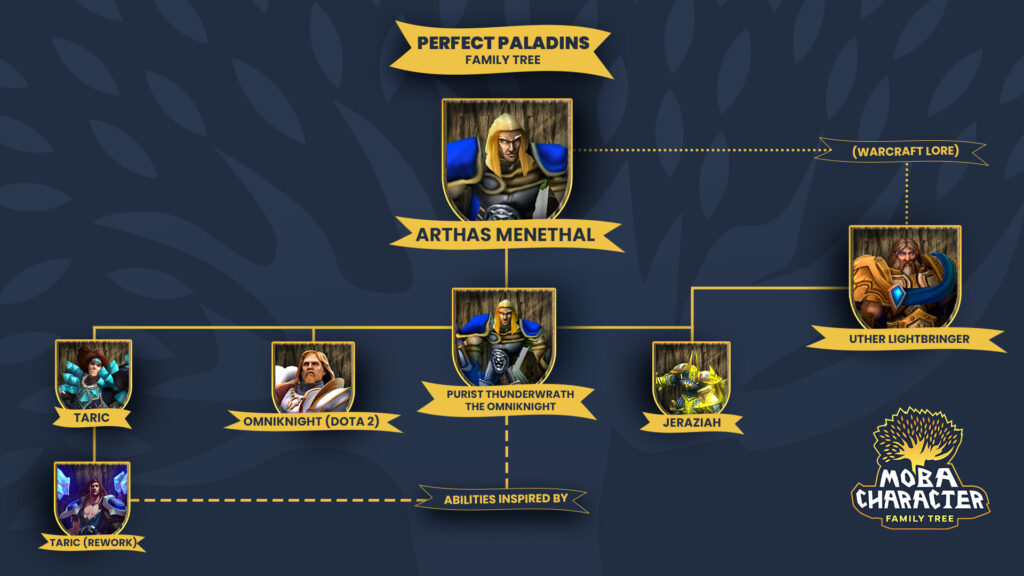You’re chasing down that elusive carry, they’re stunned, on low health, and about to die. But suddenly they’re enshrouded by brilliant light, and refuse to die! All thanks to the Perfect Paladin…
Welcome to the second edition of the MOBA Character Family Tree, a series that tracks the origins of your favorite Heroes and Champions back through the years. In our first article, we looked at Hook Heroes, monstrous abominations who ruin your positioning with hooks.
In this edition, we move radically in the opposite direction and look at Perfect Paladins: Blunt instrument-wielding god-botherers who smite their foes with holy retribution while healing their allies.
The Paladin is a trope that’s sprung from pages of myth and legend, into the world of fantasy literature of games, before landing in MOBAs. And, like the Hook Heroes, Perfect Paladins can all be traced back to a single character who informed and inspired the rest. So, let’s explore the origins of our Perfect Paladins.
The Perfect Paladin Family Tree
As we can see from the Family Tree, all the Perfect Paladins start out inspired by Arthas, before splitting off. Most are then inspired by Purist Thunderwrath, but Uther branches off, and takes inspiration almost solely from the original WC3 Paladins. Some Perfect Paladins lose some elements of themselves, before they're added back later to stay true to form!
The OGs: Arthas and WC3 Paladins

Arthas Menethil, the original protagonist of Warcraft III and antagonist of WoW: Wrath of the Lich King, is the origin of all Perfect Paladins in MOBAs (Which is slightly ironic, given his subsequent fall into darkness). In the opening portion of the WC3 campaign, Arthas has the same abilities as all basic paladins from Warcraft III.
These are a heal, Holy Light, a shield, an armor buff, and Resurrection. Apart from Resurrection, almost all these abilities are seen in later MOBA heroes inspired by Arthas.
It’s also worth noting that Arthas’ was the inspiration for more than one DotA character. Abaddon also used his post-fall-to-darkness model. And, as a fallen Paladin in his original lore, Abaddon shares some abilities with the Perfect Paladins, such as healing, shields, and movement speed debuffs!
Perfect Purist Thunderwrath, The Omniknight
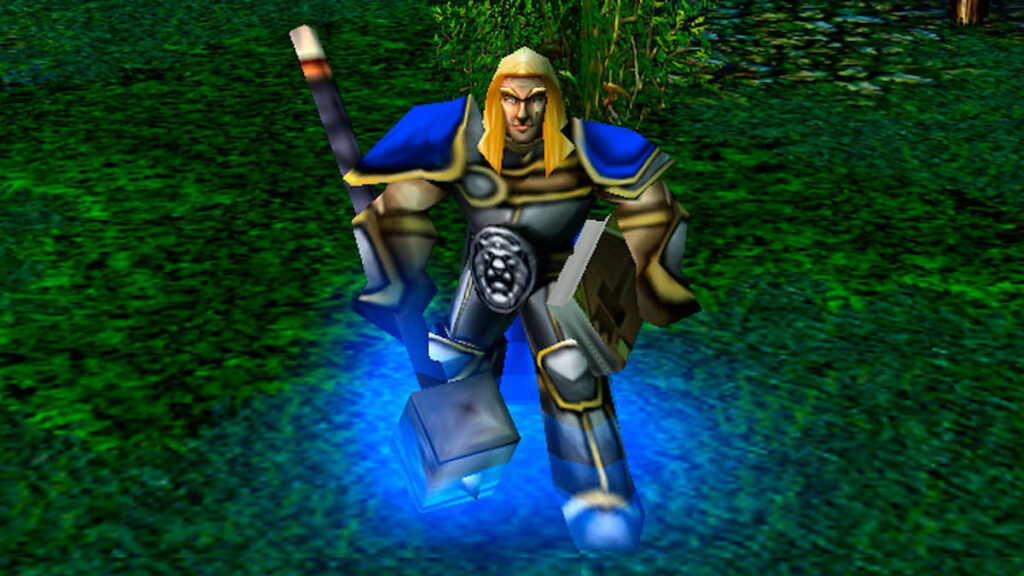
In DotA: Allstars (2003), Purist Thunderwrath, The Omniknight uses the same model as Arthas Menethil. His in-game lore states he was also a member of the Order of the Silver Hand and trained by Uther himself. But Purist has pretty different abilities to Uther and Arthas.
For one, he’s less concerned with armor, instead granting allies immunity to targeted magic spells with Repel. His Degen Aura slows and reduces attack speed.
But the most critical ability is Guardian Angel. An iconic ability, Guardian Angel makes nearby Allied units nearly totally invulnerable and gives them increased health regen. The invulnerability would become one of the most iconic moves for all Perfect Paladins, starting with Purist Thunderwrath.
"Truly outrageous" Taric, a gem-loving Paladin
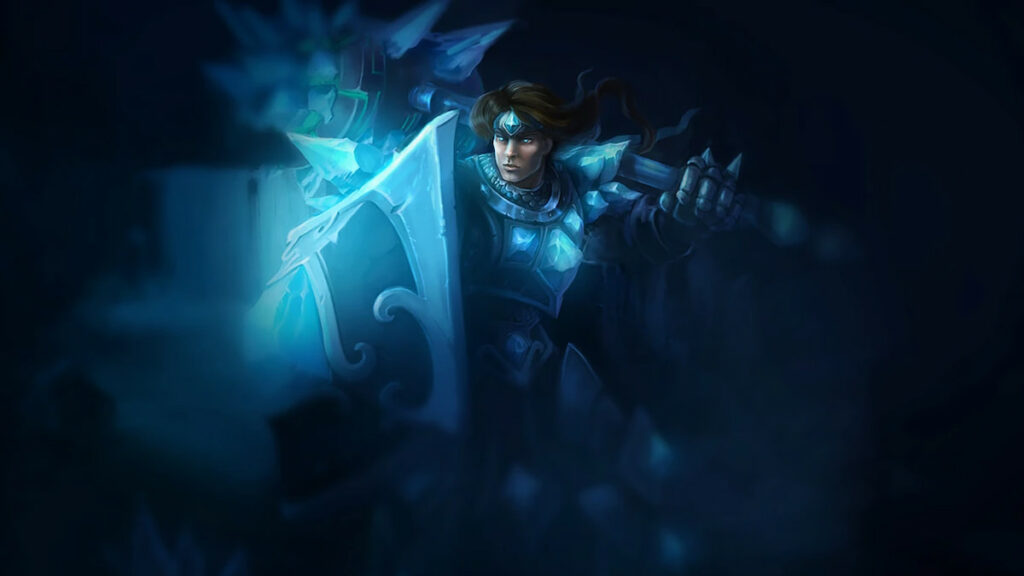
Taric in League of Legends (2009) is the apparent successor to the first Perfect Paladins. What’s interesting about aesthetic Taric’s design is that it clearly started as sort of parody of the Paladin archetype. A long-haired pretty boy who’s obsessed with the power of gems. However, perhaps solely because of his infamous Pink “Armor of the Fifth Age” skin and joke taunt (“Gems? Gems are truly outrageous. They are truly, truly, truly outrageous.”) he was often interpreted as an ego maniacal Lothario.
In his original release, Taric started out with some familiar abilities, based on armor and healing. But his Dazzle ability and Radiance ultimate were the first instance of a Perfect Paladin using their hammer to stun or hit people outside their basic attacks.
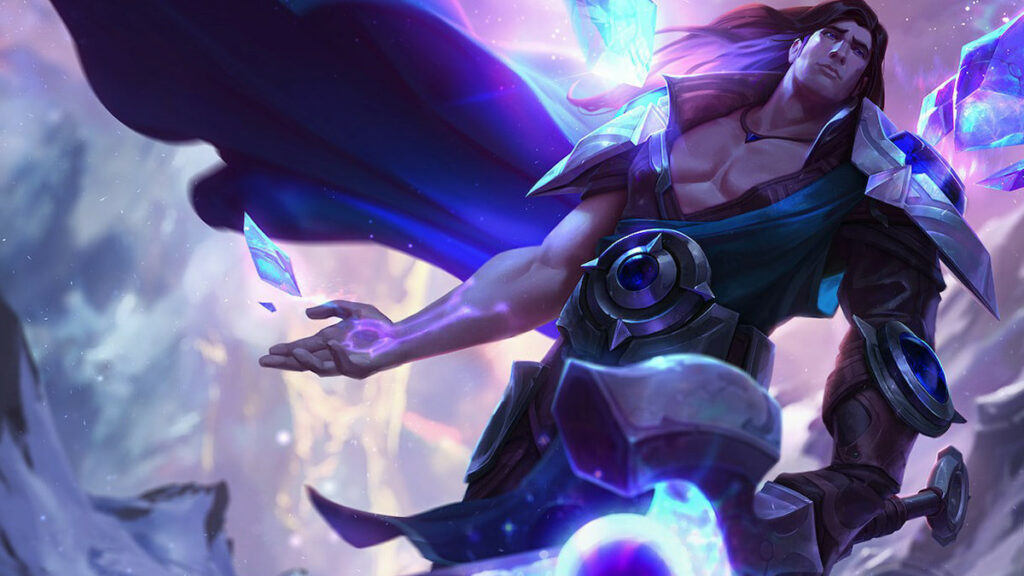
Taric’s rework brought back the invulnerability that had been missing from the character to complete his link to past Perfect Paladins. His healing is still there, but they’ve leaned into the ally support role more thoroughly while retaining the armor buffing. Lore-wise, Taric was also tilted to being more of a Paladin-like character, although with typical “dark past” tropey elements thrown in for good measure.
Is Poppy a Perfect Paladin?
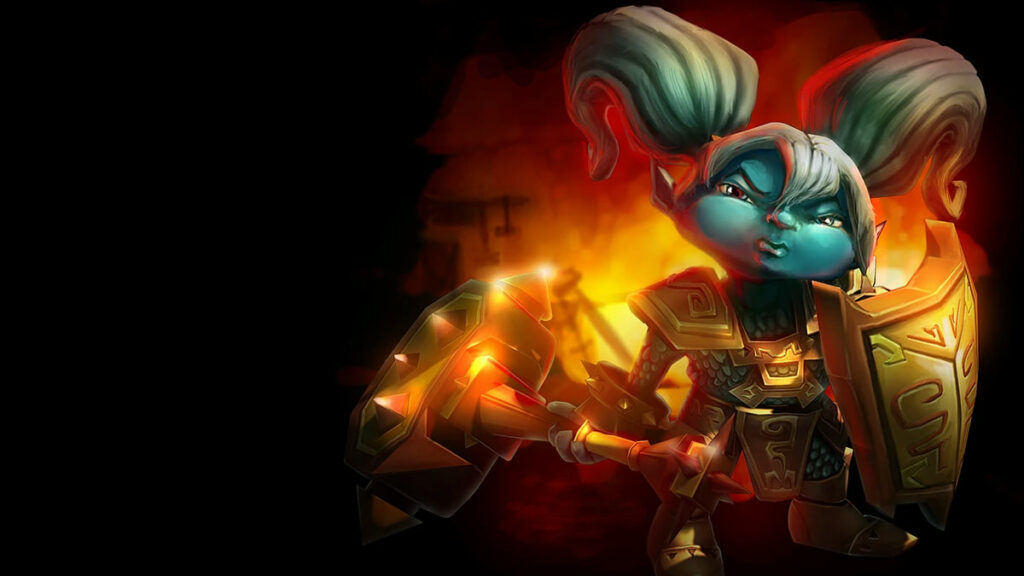
At first glance, Poppy, a diminutive Yordle, could definitely be given the mantle of Perfect Paladin. Indeed, in her original form, with her bonus armor granted, damage reduction, and pseudo-invulnerability, Poppy was a great example. But once again, this depiction as a small blue comedy character is a parody of the Paladin trope. And even in her current, new lore and rework state, the champion is an attempt to subvert the idea that a righteous, divine hero has to be a big bearded guy with a hammer. Perhaps, instead, the divine hero of Demacia is a tiny Yordle?
Related articles
Jeraziah, the Paladin who forgot his hammer
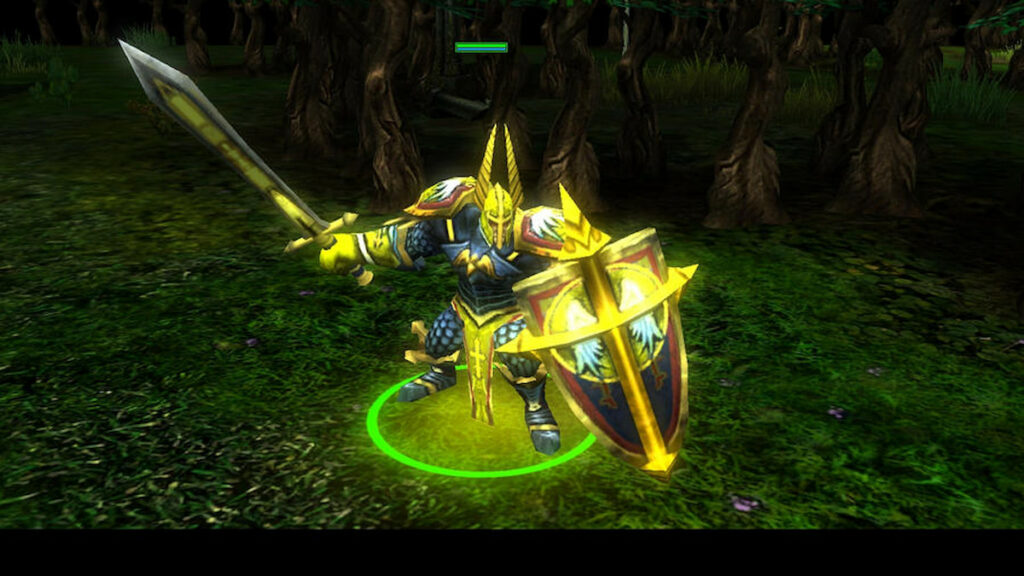
Like many of Heroes of Newerth's (2010) versions of characters, Jeraziah wasn’t a significant departure from the DotA: Allstars version. Innerlight was essentially the same AoE heal, and Protective Charm is a tweaked version of Repel, although things start changing from there.
Righteous Strike is a bonus attack damage buff with a cleave effect that also hits slows. It’s a more active version of Degen Aura that forces Jeraziah to trade with opponents, rather than just menacingly stand near them. Visually, this is represented with Jeraziah's switch to a sword, rather than a Hammer. And Jeraziah is the only Perfect Paladin not to use the Hammer.
But despite this switch-up, we’re back to something familiar for Jeraziah’s ult, Sol’s Blessing, an Invulnerability, and a massive health regen buff. Still, with this small tweak to one element of the kit, Jeraziah is a far more active character than Purist Thunderwrath. It’s fascinating how small changes like this from game to game transform an archetype.
Return of the King: Omniknight's broken Immunity
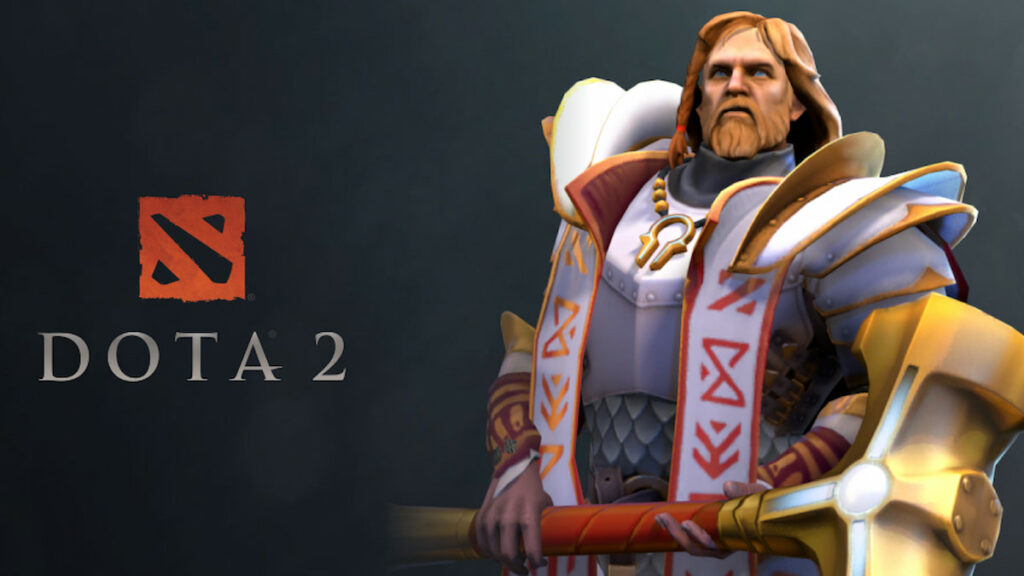
Transformed for Dota 2 (2010), Purist Thunderwrath, The Omniknight has a few more tricks up his sleeve than in DotA: Allstars. Purification is essentially the same, but Heavenly Grace is a much-upgraded version of Repel. Now a strong dispel, this ability also buffs his allies’ strength and gives them bonus health regen based on how many debuffs were dispelled. So if you’re stunned, slowed, and afflicted with break, Omniknight can come in clutch.
Omniknight also figured out how to use his hammer for this incarnation, with Hammer of Purity giving him some ranged, weapon-throwing action. Again, this is a more active crowd control effect, rewarding Omniknight players for fighting rather than standing around and passively slowing people.
Finally, Guardian Angel is back, and it’s perhaps the best it’s ever been. It’s full immunity to physical damage and can be stacked with BKB to give total immunity. But once equipped with Aghanim’s upgrades, it becomes completely broken. The shard is nice, bringing back that Degen Aura (so never mind that whole “rewarding players for fighting” bit). But the scepter is amazing, making the invulnerability global and affecting towers and buildings. Talk about divine intervention!
Uther proves there's no fixing perfection
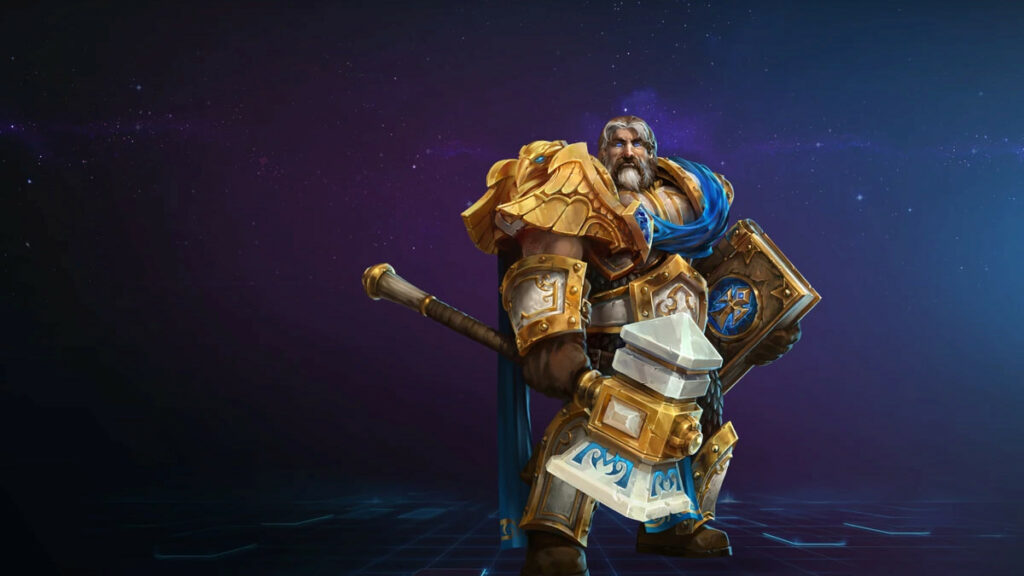
In Heroes of the Storm (2015), the Perfect Paladin wasn’t Arthas, but his tutor Uther the Lightbringer. Perhaps a much better example of a Paladin, given he didn’t fall, Uther was the first Paladin in Warcraft lore and founder of the Knights of the Silver Hand.
Uther’s abilities echo the original Paladin’s kit from Warcraft 3. Devotion and Holy Light are almost exact copies of their WC3 equivalents, albeit altered to fit with HotS. And the invulnerability is also replicated. But like many of the Perfect Paladins before this Uther release, Blizzard remembered that Uther had a Hammer. And so a stun is given in the form of Hammer of Justice.
Despite being one of the later iterations of the Perfect Paladin, Uther is perhaps one of the best examples of the hero type. He has it all. The armor buffs, the healing, the invulnerability, and hitting people with a hammer. But what’s up with all those hammers anyway?
Why do they all use hammers?

Since the hammer use is traced back to Arthas and Uther in Warcraft III, the hammers are hand-me-downs from that game. In the Warcraft lore, Paladins use hammers because of the Tyr, whose weapon of choice is the Silver Hammer. The knights of the Silver Hand used the Warhammer in reverence to Tyr. But most of this Warcraft lore was added after the fact, and Paladins use hammers for another reason.
It’s likely that the inspiration comes from Clerics in earlier editions of Dungeons & Dragons. In first edition AD&D, Clerics, who were heavily armored divine fighters (like the Knights of the Silver Hand), were also forbidden from using sharp weapons.
To quote the manual: “Clerics are sturdy soldiers, although their selection of weapons is limited. They can wear any type of armor and use any shield. Standard clerics, being reluctant to shed blood or spread violence, are allowed to use only blunt, bludgeoning weapons”
According to Michael J. Tresca in his book The Evolution of Fantasy Role-Playing Games, this rule was likely inspired by an apocryphal historical note about Odo the Bishop of Bayeux. During the Battle of Hastings, Odo reportedly fought with a club, due to a vow of non-violence. This is depicted in the Bayeux tapestry, and became the inspiration for all godly fighters to wield blunt weapons. So next time you get caught in a Taric stun, thank Odo of Bayeux.
What makes a good Perfect Paladin?
“In all things, paladins must reflect the Light, which supplements our strength. To strive to be divine for one of our kind does not mean we strive for godhood—we strive to be good in all actions. Although called upon to smite evil in these harsh times, you must always remember that it’s aiding others that will truly set you apart from the other citizens. Compassion, patience, bravery — these things mean as much to a paladin as strength in battle. Know this well, and never forget it.”
Perfect Paladins all feature similar themes. Big thick armor that can be granted to allies. A stun or movement slow, usually administered by a thwack with a hammer. Some healing. And most dramatically, granting divine invulnerability.
This naturally puts these godly fighters in the role as frontline supports, and in every single iteration, they’re used in that way.
Sometimes, players will turn the Paladin selfish. Bruiser Taric builds with on-hit damage. Carry Omniknight rushing Radiance and Battle Fury. But really, they’ve just fallen from the true path. Perfect Paladins protect. They take the vow of poverty and use their incredible utility to help others.
Stay tuned to esports.gg for future installments of the MOBA Character Family Tree!
